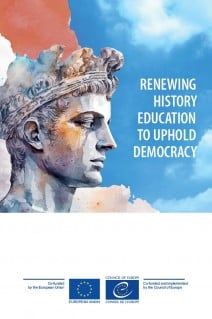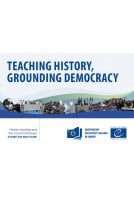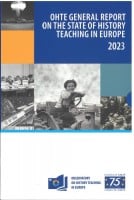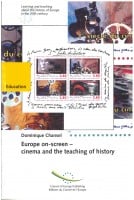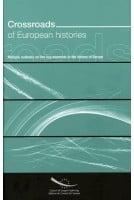Uncover how history education can either divide or unite, and explore the Council of Europe’s groundbreaking initiatives that have redefined how we teach history, promoting critical thinking and democratic values for a more inclusive future.
History education possesses immense power, serving as a doubleedged sword. It can either propagate divisive, harmful narratives or foster critical thinking, understanding and unity. The Council of Europe’s pioneering efforts since its creation have profoundly shaped history education, emphasising multiperspectivity and democratic values. Through comprehensive programmes and projects, they have reformed curricula, promoted critical historical inquiry and introduced innovative teaching practices. Today, initiatives like the Observatory on History Teaching in Europe and HISTOLAB continue this legacy, addressing contemporary challenges to enhance history education. This publication delves into these efforts featuring insightful articles from four HISTOLAB fellows, exploring the intersection of digital innovation, inclusivity and curricular reform in history education.
CHAPTER 1 – INTRODUCTION
CHAPTER 2 – STRENGTHENING THE EUROPEAN DIMENSION THROUGH CURRICULUM REFORM IN SERBIA
CHAPTER 3 – DIGITAL TRANSITION OF MUSEUM THEATRE – AN ENRICHMENT TOOL FOR HISTORY EDUCATION
CHAPTER 4 – MORE THAN ACCESSIBILITY
CHAPTER 5 – EXPLORING POTENTIAL DIGITAL TECHNOLOGIES FOR HISTORY EDUCATION
CHAPTER 6 – CONCLUSIONS AND GUIDANCE FROM THE HISTOLAB PROJECT
